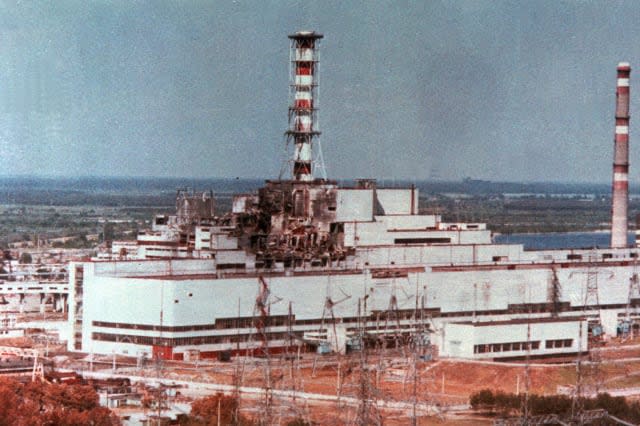Chernobyl's mould could protect astronauts in space!

Working in space can be a dangerous endeavour for the astronauts aboard the International Space Station, but scientists are now looking at ways to use mould from Chernobyl to protect them from deadly cosmic rays.
Apart from orbiting the Earth at a dizzying 7.66km/s while dodging ultra-fine particles of debris - astronauts are also being bombarded by high levels of radiation.
The Business Insider reports that according to Nasa, astronauts get a dose of 160 millisieverts of radiation during their average six-month mission aboard the ISS.
However, in 2018, high school students from Durham County, North Carolina answered Nasa's call with an ingenious solution to use mould to provide a vital protection to humans in space.
This isn't your typical green mould that you find growing on stale bread, but a specific type of fungus that feeds on radiation.
All space craft are protected by a thick layer of shielding, which can be made from stainless steel or plastics - but significantly, these materials add to the weight-cost ratio of launching them into orbit.
According to the Metro, cladosporium sphaerospermum, thrives on absorbing radiation from nuclear fuel rods and has been found in abundance inside the Chernobyl exclusion zone - the scene of the world's worst nuclear disaster.
Test samples sent into space in 2018 saw remarkable growth from the hungry fungus as they feed on the high levels of radiation.
Scientists found that a 21cm slab of mould would be enough to shield humans from the radiation exposure that astronauts could expect on a voyage to Mars.
Nasa experts noted that the biggest advantages of mould is that, it can replicate itself and is relatively light compared to manmade materials. This they said, could save time, energy and cash in getting humans to the Red Planet.







































































